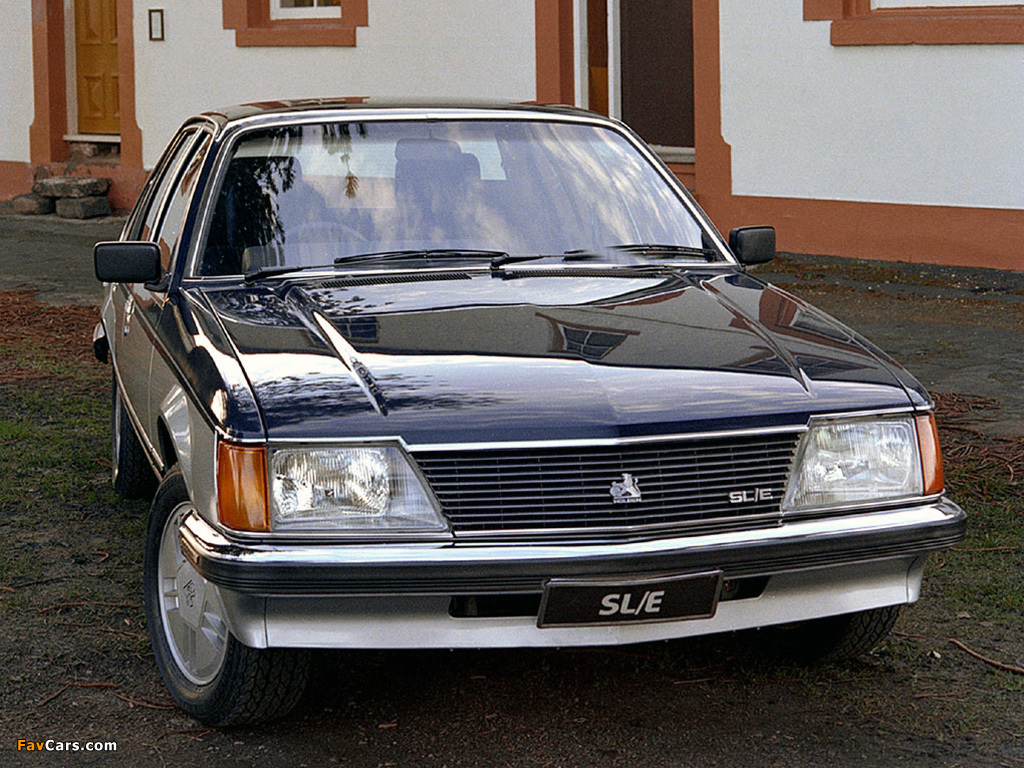
Holden released the VH-series Commodore on October 5, 1981. It was the third iteration of the Opel-based Commodore, and a mild update on the previous VB and VC-series cars.
Holden adorned the VH with a new horizontal-slat grille and new headlights to give the model a lower, wider look – and to improve aerodynamics. New tail-lights were featured at the rear and new wheel covers were offered on higher grade models, with alloy wheels on top-spec SL/E and sporty SS variants.
While the WB-series utility, panel van and Statesman/Caprice soldiered on, the Commodore filled Holden’s sedan and wagon portfolio. Low-compression ‘blue’ engine options were carried over from the VC-series, with revisions made to the 1.9-litre Starfire four-cylinder (54kW/138Nm) and 2.85-litre ‘six’ (73kW/187Nm). Gains of 12.5 and 14 per cent respectively were made to the engine’s city cycle fuel economy figures, largely by way of a new five-speed manual gearbox.
A higher output (59kW) version of the 1.9-litre Commodore SL/X was made exclusively for the Indonesian market and was equipped with a five-speed manual transmission only.
Locally, Holden continued to offer its 3.3-litre six-cylinder engine (83kW/231Nm) with an optional three-speed Trimatic automatic transmission, which was also offered optionally on 4.2 (100kW/269Nm) and 5.0-litre (126kW/361Nm) V8 engines. All engines were produced locally, with unleaded fuel an issue for the VH’s successor, the VK-series of 1984.
As well as mechanical and stylistic changes, the VH-series Commodore range also underwent a reshuffle of the model designations offered. The base model Commodore L was replaced by the SL, and the SL/X introduced as the mid-point of the Commodore range. It was topped by the SL/E sedan – replete with single-spoke steering wheel, velour upholstery, and LCD trip computer – the wagon offered only in SL and SL/X trim grades.
In September 1982 the Commodore SS was introduced to the VH range, reviving a nameplate last seen with the Holden HQ-series in the early 1970s. An abbreviation of Sports Sedan, the sporty model featured a 4.2-litre V8 engine as standard, the factory SS supplemented by three up-spec versions produced by Peter Brock’s Holden Dealer Team (HDT) Special Vehicles company.
Brock’s HDT models were named SS Group One, Two and Three with the lattermost featuring Holden’s 5.0-litre V8 in a higher state of tune (180kW/430Nm). The range was originally offered exclusively in Maranello Red, with Alabaster White offered optionally toward the end of the model run.
The VH-series also saw the introduction of the Executive nameplate (1983) to the Commodore range for the first time – a badge that would adorn the boot lid of Commodore models until the early part of the new millennium. Primarily aimed at fleet buyers, the Executive pack added an automatic and air-conditioning to the entry-spec Commodore SL and formed the basis of limited-edition Vacationers models which appeared each Christmas of the VH-series’ run.
The VH Commodore featured MacPherson strut suspension up front and a coil sprung live axle at the rear. All variants received front disc brakes though SL and SL/X models received drums up back, rear disc brakes reserved for higher grade SL/E and SS variants. Power steering was standard on the SL/E and optional elsewhere.
Depending on model grade as many as four different wheel sizes were available on the VH-series Commodore. Four-cylinder SL and SL/X models were fitted with pressed steel 13-inch wheels while six-cylinder SL and SL/X variants scored larger, but still press-steel, 14-inch steel wheels. Cast alloy wheels of varying designs and measuring 15 inches in diameter were standard fitment on Commodore SL/E and SS.
One final addition to the VH-series range – and one of the more popular variants in subsequent modded car scenes – was the police-specification BT1. First introduced with the VH this bright yellow ‘pack’ included calibrated and certified-accurate speedometer, a modified selector on automatic variants, high-performance headlights, SL/E dome and reading lights, front door storage bins, and ashtrays in all four armrests. The BT1 was also available with the big-valve V5H engine as an option giving the 5.0-litre V8 a top speed of 198km/h.